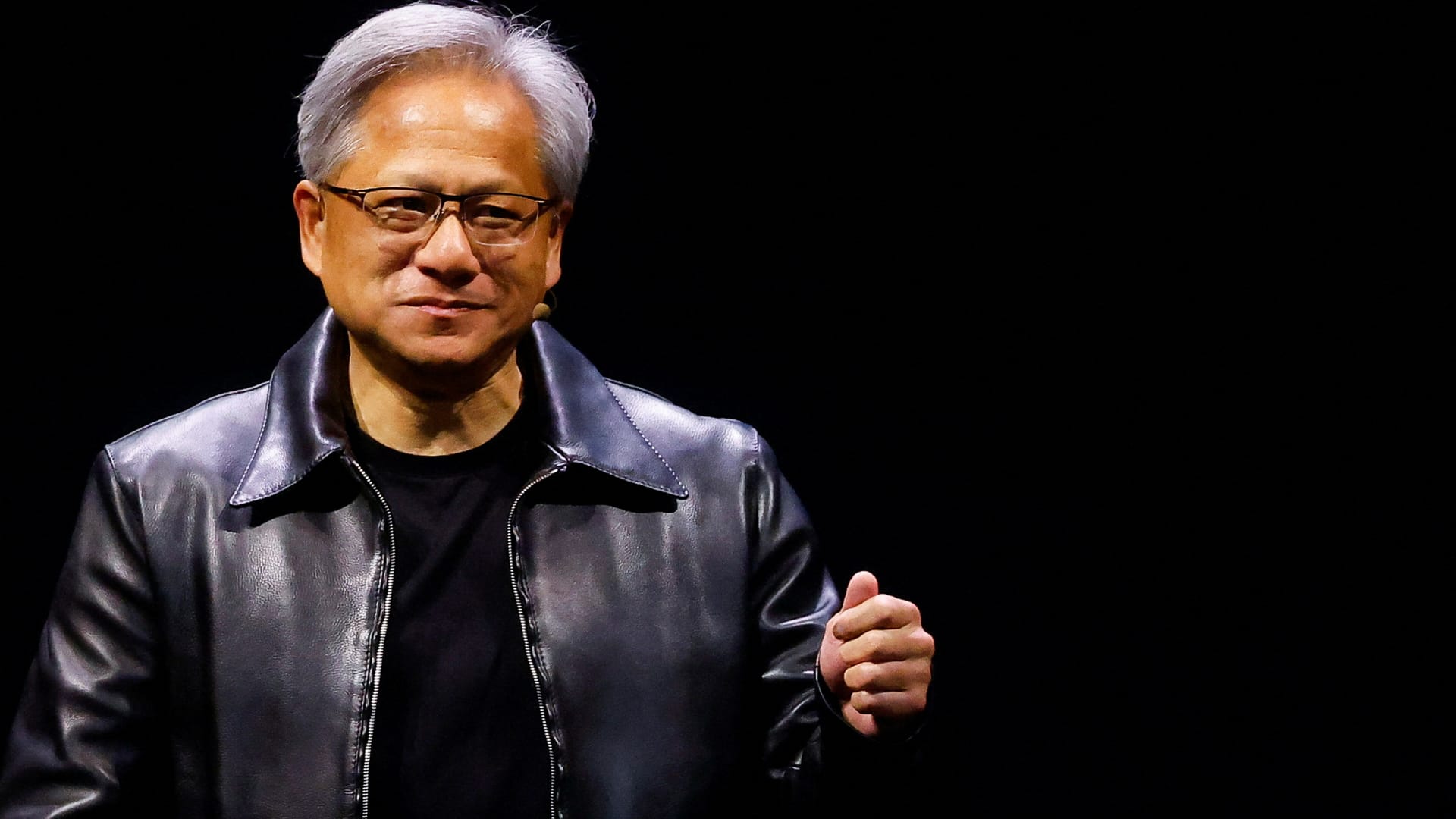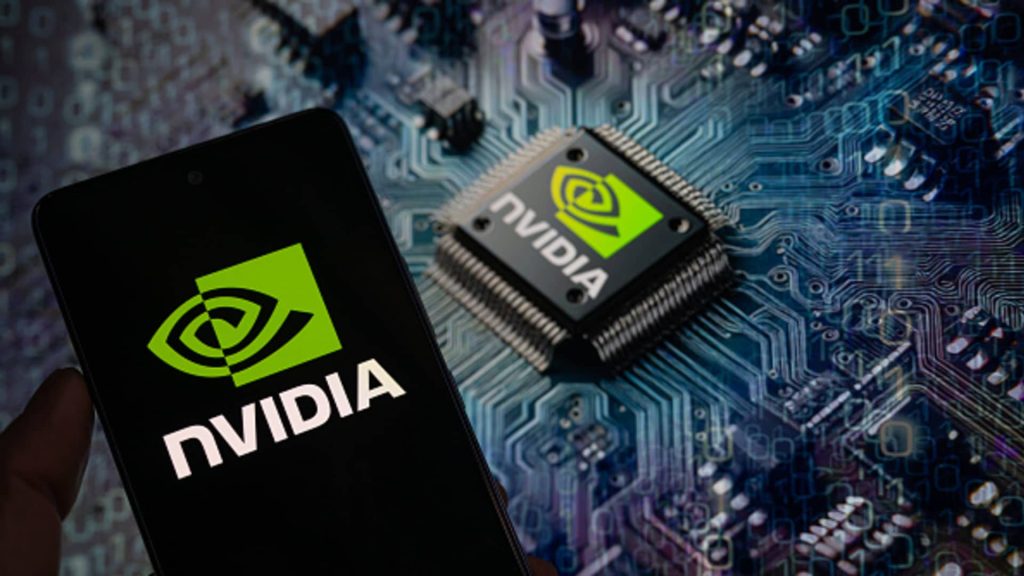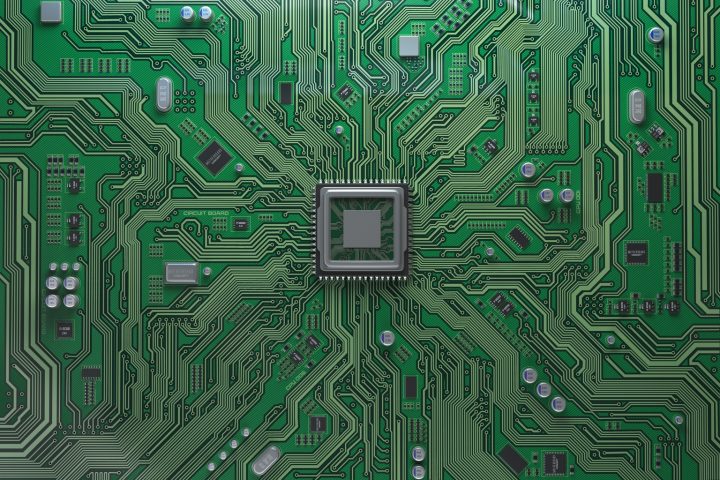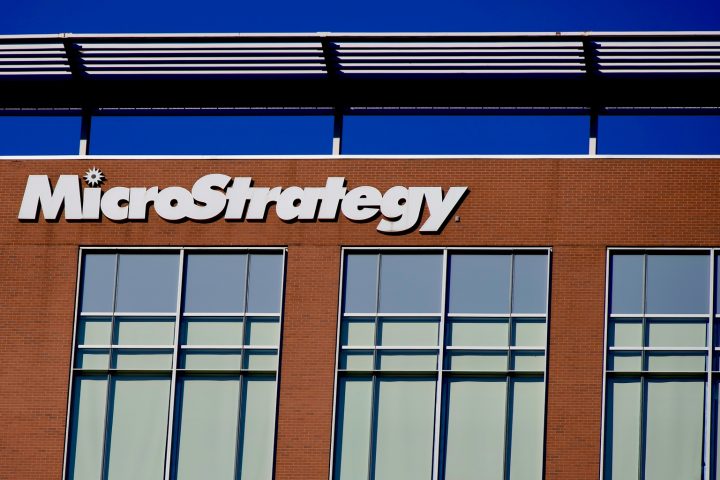Despite a four-session losing streak that let some air out of the tires, there’s no arguing that Nvidia ‘s stock was priced for perfection. Fortunately, perfection is exactly what CEO Jensen Huang and management delivered after the closing bell Wednesday. Quarterly results beat expectations on all key metrics, and the team once again guided the current quarter above what Wall Street was looking for. Revenue for the artificial intelligence chipmaker’s fiscal 2024 fourth quarter, which ended Jan. 28, skyrocketed 265% year-over-year to $22.1 billion, well ahead of analysts’ forecasts of $20.62 billion, according to data provider LSEG, formerly known as Refinitiv. Adjusted earnings-per-share surged 486% to $5.16, exceeding the LSEG compiled consensus estimate of $4.46. Adjusted gross margin of 76.7% also trounced the Street’s 75.7% estimate, according to market data platform FactSet. The results were very strong, however, it’s Nvidia’s first quarter of fiscal 2025 guidance that put shares on the move. In after-hours trading, the stock jumped 8.5%. If that gain were to hold by Thursday’s close, shares would only be a tad short of last week’s record close of $739 each on Valentine’s Day. NVDA 5Y mountain Nvidia 5 years The Nvidia phenomenon is something for all investors to take note of and study. This is a stock that was up nearly 240% in 2023, tacking on another roughly 35% year-to-date in 2024. That compounds to an approximately 360% gain since the start of 2023. If that’s the only thing you concern yourself with, it’s hard to imagine the run can continue. However, as we’ve noted time and again, price is what you pay, value is what you get. With Wednesday evening’s results, Nvidia once again proved that despite the rapid rise in stock price, when the driver of the move is earnings growth and not multiple expansion, the move is sustainable. The multiple has actually gone down over the past year as the pace of upward earnings revisions kept exceeding the stock price rise. Given Wednesday evening’s Nvidia results and stock gain, we’re maintaining our wait-for-a-further-pullback 2 rating for the time being. We don’t want to be chasing a stock near all-time highs. We are, however, raising our price target to $850 per share from $750. Bottom line Nvidia was still able to grow Data Center revenue 27% on a sequential basis even with last year’s U.S. government China export restrictions causing Data Center sales to the region to plummet to a mid-single digit percentage of segment revenue. That’s where it’s expected to stay in the current quarter. The Data Center is by far the company’s largest segment, with a better-than-expected $18.4 billion in sales in fiscal Q4 – a 57% increase from the year-ago period. Nvidia has twice re-engineered its chips for China sales that adhere to the U.S. trade rules, which were put in place to keep these powerful semiconductors out of the hands of the Chinese military. Why shouldn’t Data Center keep growing? What’s good for Nvidia, is great for its customers, and we don’t just mean hyperscale cloud players like Club names Amazon , Microsoft and Alphabet . The ripples can be felt throughout the software world as enterprise companies are implementing generative AI to help their own customers realize further productivity gains. On the call, CFO Colette Kress said, “ServiceNow’s generative AI products, in their latest quarter, drove their largest ever net new annual contract value contribution of any new product family release.” The first question we got on the call was in relation to the sustainability of the Data Center sales momentum. This is arguably the most important question on Wall Street as many want to try to ride the shares as high as they can and bail before growth dies down. That’s not why we’re in the stock. We want to own Nvidia shares for the long term. We have even more conviction that owning it, and not trading it is the surest way to realize the most upside over time after what we heard on Wednesday evening’s call. While everyone else is concerned about the boom/bust cycle the semiconductor industry is notorious for, we’re focused on the fact that the company has a rapidly growing Software opportunity. Moreover, the end of Moore’s Law about the pace of chip advancement, which Nvidia’s Huang declared dead in 2022, means we’re on the verge of a global data center refresh cycle. On the call, Huang said that “fundamentally the conditions are excellent for continued growth,” explaining that two industry-wide transitions are just now beginning. The first is in general computing from the old school that relied heavily on central processing units (CPUs) to accelerated, which requires the type of graphics processing units (GPU) that Nvidia excels at. Huang cited the extension of useful server lives in recent years from cloud service providers like Microsoft, Amazon and Alphabet as further evidence of this need to transition. The end of Moore’s Law for CPUs means that older systems are lasting longer because the incremental gains aren’t what they once were. So, the need to upgrade isn’t as pressing. That transition is massive as we’re talking about a general purpose data center footprint valued at roughly $1 trillion that needs to transition over the next decade. The second is generative AI, with training and inferencing driving Data Center growth in fiscal Q4 quarter. Generative AI isn’t possible in a data center built for traditional general-purpose computing. So, the gains in CPU upgrades from here are quickly diminishing while the newest application in the tech world, demands data centers built from the ground up for accelerated computing. This is happening before our eyes, even if we don’t realize it. On the call, Huang was quick to say that when you use Midjourney, created by an independent research lab of the same name, or use ChatGPT from Microsoft-backed OpenAI, or see those incredible Sora videos online made by OpenAI’s new text to video model, that’s all examples of inferencing that oftentimes is being done on Nvidia hardware. In fact, Nvidia believes AI inferencing was responsible for about 40% of Data Center sales over the past year. Huang ended the call by saying that he believes “these two trends will drive a doubling of the world’s Data Center infrastructure installed base in the next five years and will represent an annual market opportunity in the hundreds billions.” Data Centers require networking solutions, especially AI-oriented Data Centers so that the various servers can communicate and act in unison. On the Networking front, where the annualized revenue run rate exceeded $13 billion, management said the company’s Quantum InfiniBand solutions, which help optimize data center connectivity, were up more than five times versus the year-ago period. Management also said that Nvidia is “now entering the Ethernet networking space with the launch of our new Spectrum-X end-to-end offering, designed for an AI-optimized networking for the Data Center.” It’s not just about hardware sales, Nvidia has a major software opportunity in front of it and we’re only just starting to see it materialize. Software, an important growth avenue that is key to multiple expansion and lower earnings cyclicality, reached a $1 billion annualized run rate in the fiscal fourth quarter. On the call, speaking to Nvidia’s software opportunity, Huang said, “If you don’t have software, you can’t open new markets. If you don’t have software, you can’t enable new applications. Software is fundamentally necessary for accelerated computing. This is the fundamental difference between accelerated computing and general-purpose computing.” This puts Nvidia in a unique position to thrive thanks to the hundreds of various software libraries – many industry specific, be it financial, automotive, robotics, or health care – it has developed over the years. Huang said many companies don’t have the engineering teams needed to maintain and optimize the software stacks needed to take advantage of accelerated computing and generative AI. But Nvidia does. “We are going to do the management, the optimization, the patching, the tuning, the installed base optimization for all of their software stacks and we containerize them into our stack, we call it Nvidia AI Enterprise [which] … now as a run time like an operating system. It’s an operating system for artificial intelligence,” he said. An operating system by the way, that Nvidia charges $4,500 per GPU per year for. An operating system for artificial intelligence. This is why Nvidia was designated by Jim Cramer and the Club as an “own it, don’t trade it” stock. It’s only the second name we’ve ever given that designation to after Apple. Because, like Apple, Nvidia got its start offering best-in-class hardware. But just when everyone thought Apple’s best days were behind it and the smartphone market was saturated, the company stood up an incredible Services business. Nvidia appears to be doing that now. It may be small now, but so was Apple’s Services stream and now it’s one of the most important line items along with iPhone sales. Guidance On the top line, management expects current quarter (fiscal 2025 first quarter) revenue to be $24 billion, plus-or-minus 2% with an adjusted gross margin of 77%, plus-or-minus 50 basis points or 0.5 percentage points. That’s well above the estimated $22.17 billion and 74.4%, respectively. (Jim Cramer’s Charitable Trust is long NVDA, AMZN, MSFT, GOOGL. See here for a full list of the stocks.) As a subscriber to the CNBC Investing Club with Jim Cramer, you will receive a trade alert before Jim makes a trade. Jim waits 45 minutes after sending a trade alert before buying or selling a stock in his charitable trust’s portfolio. If Jim has talked about a stock on CNBC TV, he waits 72 hours after issuing the trade alert before executing the trade. THE ABOVE INVESTING CLUB INFORMATION IS SUBJECT TO OUR TERMS AND CONDITIONS AND PRIVACY POLICY , TOGETHER WITH OUR DISCLAIMER . NO FIDUCIARY OBLIGATION OR DUTY EXISTS, OR IS CREATED, BY VIRTUE OF YOUR RECEIPT OF ANY INFORMATION PROVIDED IN CONNECTION WITH THE INVESTING CLUB. NO SPECIFIC OUTCOME OR PROFIT IS GUARANTEED.
Despite a four-session losing streak that let some air out of the tires, there’s no arguing that Nvidia‘s stock was priced for perfection. Fortunately, perfection is exactly what CEO Jensen Huang and management delivered after the closing bell Wednesday. Quarterly results beat expectations on all key metrics, and the team once again guided the current quarter above what Wall Street was looking for.
Read the full article here
Post Views: 196







